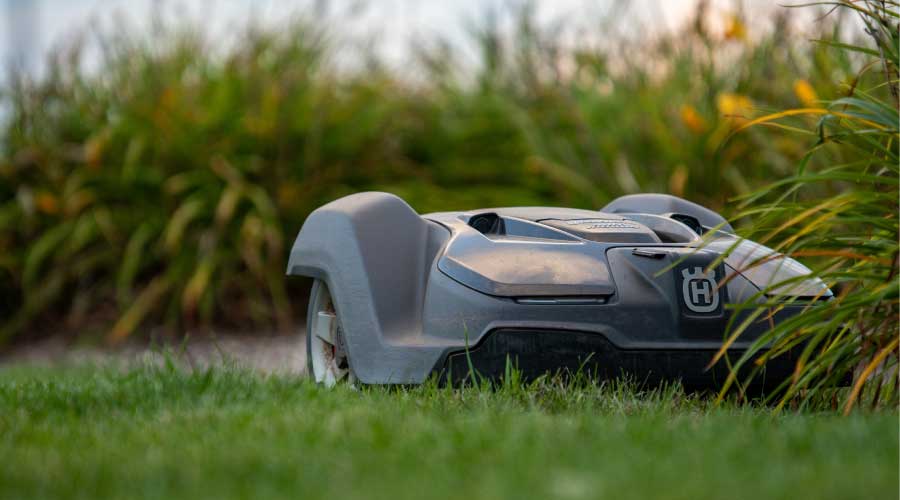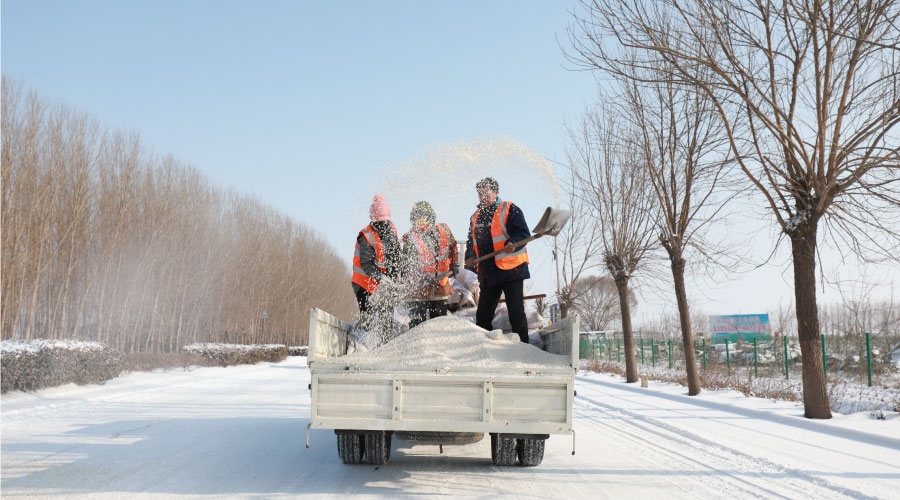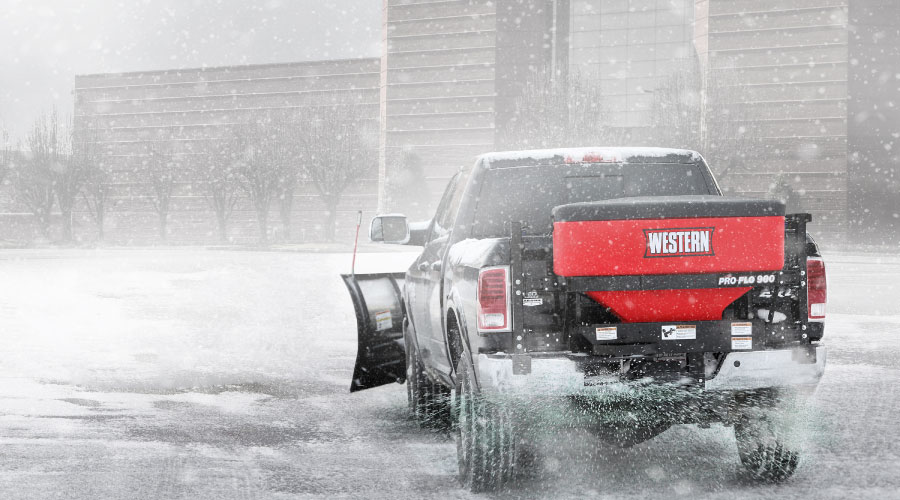Grounds Care Equipment Comes of Age
Not that long ago, the purchase of a big-ticket piece of grounds equipment was a relatively straightforward process. Budgets had not tightened up yet, product options were more limited, and scrutiny of the specification process within institutional and commercial facilities had not risen to current levels.
Times have changed. Managers and their crews are under immense and growing pressure to make smart, cost-effective product decisions that improve operator productivity and safety, deliver versatility and durability, and contribute to the organization’s overall sustainability. And they are careful to make smarter decisions that deliver long-term benefits.
“They are becoming more versed and knowledgeable about whatever equipment they purchase by looking at more than just the initial cost,” says Aaron Stegemann with Polaris. “They’re looking more closely at things like reliability, maintenance costs, and the availability of extended service contracts, which can reduce the maintenance costs over the life of the vehicle.”
The bottom line
While cost remains the key issue for many managers, managers know they must incorporate a number of issues into the decision.
“The budget plays a large role in what equipment managers are able to purchase,” says Brant Dobson with Grasshopper. “But in today’s market, managers are making great strides in sustainable equipment, and in most fleet operations, training is key to a well running grounds department. So, it is really a connection of all three elements coming together in the purchase of new equipment.”
Managers also are taking the long view in making product choices by trying to determine the total cost of ownership for a product, and manufacturers are developing products that address that concern.
“Some manufacturers understand that by developing vehicles with higher durability and backing their vehicles with increased warranties, operators will enjoy fewer unexpected vehicle fleet repair costs,” says Kurt Meyers with Club Car. “Ask to see the maintenance schedule of the vehicle. Leading designs have reduced the maintenance needs for inspection, lubrication, oil and filter changes, etc. This can add up quickly as part of the total cost
of ownership.”
To make the process even more difficult, managers also must make their specification decisions in difficult economic times.
“On average, managers’ budgets have been growing slower than inflation for some years, yet their list of major projects and tasks have increased year over year,” Meyers says. “One solution to this financial challenge is the reality of replacing pickups and vans with utility vehicles. Since buying utility vehicles can be a challenge for some facilities, manufacturers are offering programs to lease vehicles, including a service package. Leasing can change a capital purchase to an operating expense, which can have a positive effect on annual budgets.”
Manufacturers say that managers also are looking beyond the end of the performance life of a piece of equipment and considering resale value.
“We’re seeing a lot of customers looking at high resale value as a real benefit,” Stegemann says. “Once they run it through its term of usage at their particular facility, they have a product that is easily saleable at a high price in the secondary market. Customers are much more versed in what they’re looking at, both in their research and in the questions they’re asking.”
For manufacturers, one challenge in working with managers to specify equipment is to help them understand the way equipment features, functions and performance can translate into tangible bottom-line benefits.
“Less blade overlap and faster turning and straight-line mowing all relates to getting the job done faster,” says Craig Allen with Cub Cadet. “We’re able to cut straight lines faster, turn faster, and the result is a lower hourly run time on a piece of equipment. By doing that, we’re saving fuel by being able to do those things better, faster and more efficiently. We’re seeing considerable fuel-cost savings because they’re not burning that extra amount of fuel by cutting more property than they need to.”
Related Topics:














